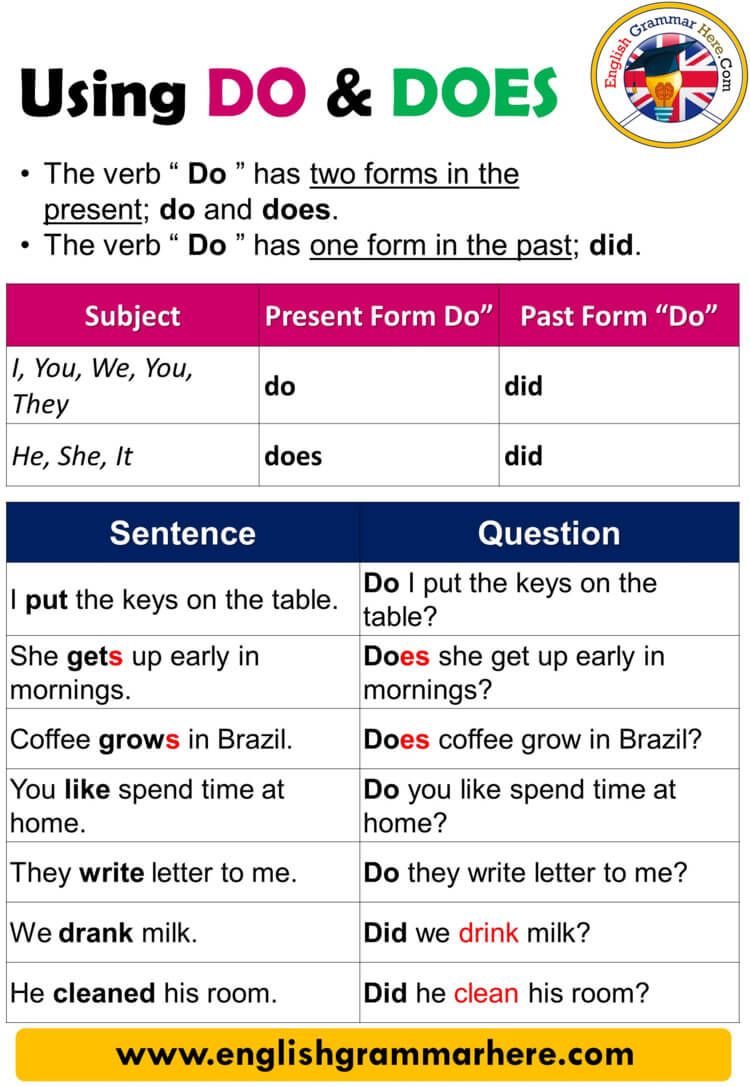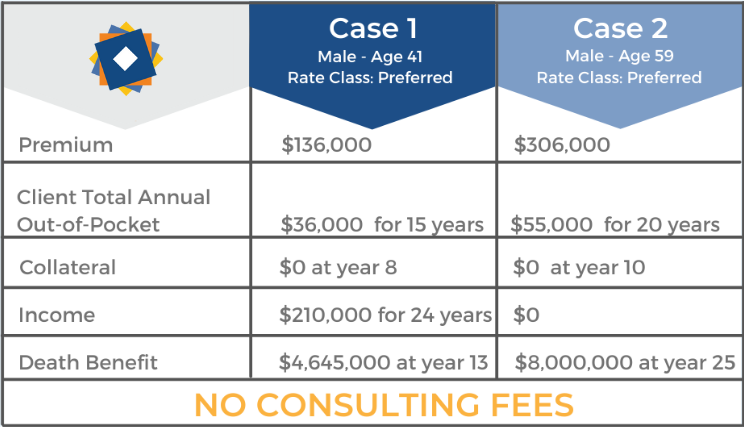What Is a Long-Term Career Goal? Meaning, Examples, and How to Set Yours
Overview: What is a long-term career goal?
A long-term career goal is a professional achievement you aim to reach over several years-often three to five years or longer-such as attaining a specific role, building expertise, or starting a business. These goals align your day-to-day actions with a bigger vision for your career, acting as a compass for decisions, skills, and opportunities you pursue over time [1] [2] . They are broader and more visionary than short-term goals, typically requiring sustained effort and strategic planning across milestones and skill development [3] .
Why long-term goals matter
Clear long-term goals help you prioritize time and energy, guide what skills to learn, and shape choices about roles, projects, and networks. They also make it easier to break big ambitions into manageable steps that you can track, iterate, and celebrate along the way. Setting a target job title or work environment, for example, gives your everyday learning and project selection a coherent direction [4] [3] .
Common examples of long-term career goals
Long-term goals vary by person and industry, but many revolve around progression, expertise, and impact. Examples include earning a specific job title, moving into leadership, increasing compensation, or transitioning industries. Other goals include building a strong professional network, earning professional certifications, or launching a business. These examples illustrate how long-term goals may combine role targets, skill-building, and reputation-building over years [4] [5] [2] .
Illustrative scenarios
• Aspiring manager: Target a people manager role within 3-5 years by completing leadership courses, leading cross-functional projects, and finding a mentor who is a current manager. You would document measurable milestones such as leading a team of 5 on a pilot initiative, improving team KPIs, and receiving formal management training [5] [2] . • Specialist to thought leader: Aim to become a recognized expert by publishing quarterly articles, speaking at one conference per year, and attaining an advanced certification. Progress is evidenced by citations, invitations, and peer recognition over time [2] . • Industry pivot: Plan a transition from operations to product management within 4 years by completing coursework, shipping at least two internal tools, and contributing to product roadmaps. Networking and targeted project experience accelerate credibility during the pivot [4] [5] .
How to set long-term career goals: a practical framework
Use a simple, repeatable process to define, validate, and pursue your goals. You can adapt the well-known SMART approach-specific, measurable, achievable, relevant, time-bound-to create clarity and trackability. The following step-by-step workflow balances vision with execution [1] .

Source: discovergrowlove.com
Step 1: Define your 3-5+ year destination
Write a concise statement of the role, impact, or business you want to achieve, and why it matters. Keep it vision-driven but concrete enough to guide decisions. For example: “Become a senior data analyst leading revenue-impacting insights in e-commerce.” Vision alignment helps you persist through multi-year efforts [3] .
Step 2: Translate vision into measurable outcomes
List 3-5 measurable outcomes that prove progress, such as promotion levels, certifications earned, or scope of responsibility. For a leadership goal, measures could include “lead a team of 8,” “complete a leadership program,” and “achieve 15% improvement in team delivery metrics.” Making outcomes measurable supports objective tracking and accountability [1] .
Step 3: Map skills, experiences, and proof
Identify the skills (technical and soft), experiences (projects, rotations), and proof (portfolio, metrics, references) required for your desired role. Examples include stakeholder management, public speaking, and data storytelling for analytics; or product discovery and roadmap ownership for product roles. Document evidence you will gather-presentations, dashboards shipped, or initiatives you led [2] [4] .
Step 4: Break into annual and quarterly milestones
Set annual milestones (e.g., complete a certification; lead a cross-functional project) and convert them into quarterly deliverables (e.g., finish course modules; draft a proposal; pilot a new process). This layered plan allows iteration while keeping momentum toward the multi-year goal [3] .
Step 5: Build your support system
Secure mentorship, peer accountability, and manager sponsorship. Mentorship can accelerate skill acquisition and open doors for high-visibility assignments. Many organizations provide mentorship programs; if unavailable, you can initiate informational interviews and join professional groups to expand your network and learning opportunities [2] [5] .
Step 6: Review, learn, and adjust
Revisit your goals quarterly to assess what’s working, retire low-value tasks, and adapt to new information. Career paths are dynamic; refining your plan ensures continued relevance to your interests and market needs [3] .
Real-world examples with implementation guidance
1) Earning a specific job title
Goal: Become a Senior Software Engineer within 4 years. Implementation: Map required competencies (system design, mentoring, ownership) and create a project ledger documenting complex features you’ve shipped, incidents you resolved, and mentorship you provided. Quarterly, volunteer for one architecture review and one cross-team initiative. Measure progress via promotion rubrics and peer feedback. Challenges include competing priorities and limited visibility; solve by presenting monthly impact summaries to your manager and volunteering for high-leverage incidents. Alternative approaches include moving to a smaller company for broader scope or targeting a staff-level IC path if leadership roles are scarce [4] .
2) Moving into leadership
Goal: Transition to people management in 3 years. Implementation: Start by informally mentoring junior colleagues and leading sprint ceremonies. Enroll in a leadership development course and request to backfill your manager during vacations. Track improvements in team delivery and engagement. Potential challenges include balancing IC duties with management tasks; address by time-blocking and negotiating workload with your manager. Alternatively, explore project/program management roles as a bridge to people leadership [5] [2] .
3) Increasing compensation
Goal: Increase base salary by 20% within 2-3 years. Implementation: Quantify value creation (revenue influenced, cost saved, risk reduced) and compile a case with before/after metrics. Time your ask around performance reviews. If internal ceilings exist, consider strategic job changes. Challenges include budget constraints and market cycles; mitigate through ongoing market research and skills aligned with high-demand roles. Alternatives include total-comp optimization via equity or bonus-focused roles [5] .
4) Building a professional network
Goal: Grow a high-signal network that surfaces opportunities. Implementation: Set a cadence (e.g., 2 new relevant connections weekly) and host quarterly roundtables on a niche topic. Offer value first-share templates, intros, or insights. Challenges include inconsistency and transactional outreach; solve by focusing on specific communities and thought leadership in your domain. Alternative: Join or create a mentorship circle to compound learning and visibility [5] [2] .
5) Launching a business
Goal: Start a services firm within 5 years. Implementation: Validate demand by freelancing on weekends, building case studies, and documenting ICP (ideal customer profile), pricing tests, and delivery playbooks. Scale by productizing services and delegating delivery. Challenges include inconsistent pipeline and cash flow; mitigate with a 6-12 month runway and diversified lead sources. Alternative pathways include acquiring a small business or partnering with an experienced operator to accelerate credibility [2] .
How to write your long-term goal statement
Use this template: “Over the next X years, I will [achieve role/impact], measured by [3-5 outcomes], by [key actions/skills], because [reason/values].” Example: “Over the next 4 years, I will become a Senior Product Manager, measured by owning a $10M+ product line, leading two successful launches, and mentoring two PMs, by completing a product strategy course, leading discovery, and partnering with sales, because I value building products that solve meaningful customer problems.” This format keeps your aim specific, measurable, and values-aligned [1] [3] .
Staying on track: accountability and iteration
• Quarterly reviews: Compare outcomes to milestones. If progress lags, tighten scope or extend timelines. • Evidence log: Maintain a living document of achievements-metrics, artifacts, testimonials-that supports performance reviews and external opportunities. • Mentorship and feedback: Schedule regular check-ins with mentors or managers to tailor your plan to evolving business needs and personal interests. Many professionals find that feedback loops and mentorship meaningfully accelerate progress toward multi-year objectives [2] [5] .
Pitfalls to avoid and how to solve them
• Goal vagueness: “Get better at leadership” lacks measurable outcomes; replace with “lead a team of 6 and complete a leadership program.” • Overreach without resourcing: Ambitious timelines without support lead to burnout. Add intermediate milestones and secure sponsorship. • Ignoring market signals: Roles and required skills evolve. Reassess quarterly to align with current demand and your motivation. • Solo planning: Isolation slows learning. Leverage mentors, peer groups, and communities to pressure-test your plan and gain opportunities [3] [4] .
Accessing resources without guesswork
You can often find leadership programs, certifications, and mentoring through your employer’s learning and development team or professional associations relevant to your field. If no formal programs exist, consider external courses and peer-led study groups. When searching, use specific queries like “leadership development program [your industry]” or “professional certification [your role].” For mentorship, you can reach out to experienced colleagues, alumni groups, or industry communities and request short, focused conversations to explore fit. As policies, costs, and availability vary by provider and region, confirm details directly with the issuing organization before committing.
Key takeaways
• A long-term career goal is a multi-year professional outcome that aligns with your broader vision and values. • Strong goals are measurable, supported by skills and experiences you can deliberately cultivate, and broken into milestones you review and refine regularly. • Real progress combines intentional planning, visible impact, and a supportive network over time [1] [2] [4] .

Source: workjo.com
References
[1] Qooper (2023). Long-term career goals and how to set them (SMART). [2] MentorcliQ (2022). What are long-term goals? Examples and how to set them. [3] Baptist Centers for Good Grief/CFCD (2025). Setting long and short term career goals. [4] Built In (2024). Long-Term Career Goals: How to Set & Achieve Them. [5] Indeed (2025). 18 Examples of Long-Term Career Goals You Can Set.



